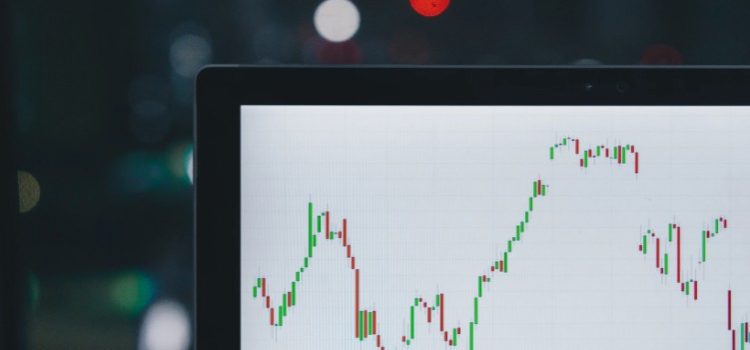

This article is an excerpt from the Shortform book guide to "The Most Important Thing" by The Princeton Language Institute and Abby Marks Beale. Shortform has the world's best summaries and analyses of books you should be reading.
Like this article? Sign up for a free trial here.
What’s a contrarian investing strategy? Why do smart investors do the opposite of what other investors are doing?
Contrarian investing involves going against market trends to receive above-market returns. This means that when other investors are selling, you should be buying, and vice-versa.
Discover more about contrarian investing, and why you should consider this methodology.
The Benefits of Contrarian Investing
Though cycles can ensnare novice investors looking to turn a quick profit, they can also provide lucrative opportunities for savvy investors. To that end, The Most Important Thing by Howard Marks argues that investors can generate outsized returns by taking contrarian positions at cyclical extremes because securities are significantly mispriced at these extremes.
(Shortform note: Taking contrarian positions is a key component of what’s more generally known as contrarian investing, in which investors buck widespread investing trends that they believe are ill-founded. Such renowned investors as Benjamin Graham, author of The Intelligent Investor, and Warren Buffett, the “Oracle of Omaha,” are considered contrarians.)
At a broad level, Marks notes that at any given point in a cycle, most investors’ views about the market will reflect that phase of the cycle. For example, in a bull market, most investors will be optimistic, leading them to frequently buy assets and drive up prices—otherwise, there wouldn’t be a bull market to begin with. However, Marks points out that acting in line with the consensus can only lead to market-average returns, by definition. After all, if you invest the same as the majority of investors, you won’t be able to outperform them.
(Shortform note: Harmful institutional incentives to avoid looking foolish might offer one reason why so many investors follow suit with cyclical trends. In The Signal and the Noise, Nate Silver argues that professional forecasters’ reputations can suffer if they incorrectly oppose the consensus view, inclining them to make conservative predictions that, when incorrect, are less embarrassing. So, in a similar vein, investors might hesitate to buck mainstream trends because the embarrassment of mistakenly betting against these trends is much greater than the embarrassment of mistakenly betting in line with these trends.)
Consequently, Marks concludes that acting contrary to the majority of investors is necessary for above-market returns. Specifically, he contends that contrarian investing is most powerful when cycles reach extremes—for instance, purchasing securities at the peak of a bear market (when prices are about to rise) or selling securities at the peak of a bull market ( when securities are about to drop). Nonetheless, he admits that contrarian investing isn’t always advisable—after all, for large portions of investing cycles, there aren’t widespread discrepancies between price and value. So, Marks recommends that investors base contrarian decisions on rigorous analyses of intrinsic value to maximize their chance of finding market errors.
(Shortform note: Although Marks advocates for contrarianism on the grounds that it can yield above-market returns, it’s worth emphasizing that “market-average” returns would actually place you better than the majority of investors. In fact, while the S&P 500 averaged annual returns of about 6% between 2000 and 2020, the average equity fund investor averaged only 4.25%. Experts point out that this disparity occurs because investors often buy when the market is high and sell when it’s low, leading to below-market returns. Additionally, John C. Bogle argues in The Little Book of Common Sense Investing that many investors earn below-market returns because they invest in mutual funds with high turnover rates, which charge fees that cut into their profits.)

———End of Preview———
Like what you just read? Read the rest of the world's best book summary and analysis of The Princeton Language Institute and Abby Marks Beale's "The Most Important Thing" at Shortform.
Here's what you'll find in our full The Most Important Thing summary:
- Why the best approach to investing is value investing
- The common mistakes that expose investors to risks
- How market cycles work and how to use them to find mispriced securities






